Find Novo Fogo Near You
The tool below displays Novo Fogo retailers based on a national database that’s updated frequently. Even so, we suggest calling ahead to make sure the specific Novo Fogo product you’re looking for is in stock today. Ask your local liquor store, bar, or restaurant to pick up Novo Fogo – that’s how brands grow!
Find Your Novo Fogo Distributor
| STATE | DISTRIBUTOR/BROKER |
|---|---|
| AK | Bill's Distributing |
| AL | Southern Glazers Wine & Spirits |
| AR | Southern Glazers Wine & Spirits |
| AZ | Breakthru Beverage Group |
| CA | Reyes Beverage Group |
| CO | Empire Distributors |
| CT | North East Beverage |
| DC | Breakthru Beverage Group |
| DE | Southern Glazers Wine & Spirits |
| FL | Breakthru Beverage Group |
| GA | The Winebow Group |
| HI | Reyes Beverage Group |
| IA | Johnson Brothers Liquor Company |
| ID | Southern Glazers Wine & Spirits |
| IL | Breakthru Beverage Group |
| IN | Johnson Brothers Liquor Company |
| KS | Standard Beverage |
| KY | Kentucky Eagle, Inc. |
| LA | Crescent Crown Distributing |
| MA | Martignetti Companies |
| MD | Breakthru Beverage Group |
| ME | Martignetti Companies |
| MI | Great Lakes Wine and Spirits |
| MN | Southern Glazers Wine & Spirits |
| MO | Breakthru Beverage Group |
| MS | Southern Glazers Wine & Spirits |
| MT | Southern Glazers Wine & Spirits |
| NC | The Sazerac Company |
| ND | Johnson Brothers Liquor Company |
| NE | Johnson Brothers Liquor Company |
| NH | Martignetti Companies |
| NJ | Fedway |
| NM | Republic National Distributing Company |
| NV | Southern Glazers Wine & Spirits |
| NY | Empire Merchants |
| OH | Heidelberg Distributing Company |
| OK | Southern Glazers Wine & Spirits |
| OR | Southern Glazers Wine & Spirits |
| PA | Southern Glazers Wine & Spirits |
| RI | Rhode Island Distributing |
| SC | Breakthru Beverage Group |
| SD | Johnson Brothers Liquor Company |
| TN | Ajax Turner - Davidson County |
| TN | Empire Distributors - Hamilton County |
| TX | Andrews Distributing |
| TX | Capital Reyes Distributing |
| TX | Faust Distributing |
| TX | Fisher59 |
| TX | Giglio Distributing |
| TX | GG Distributing Company |
| TX | Houston Beverage |
| TX | Keg 1 Distributing |
| TX | L&F Distributing |
| TX | Favorite Brands |
| TX | Reed Beverage |
| UT | Southern Glazers Wine & Spirits |
| VA | The Sazerac Company |
| VT | Martignetti Companies |
| WA | Columbia Distributing |
| WI | Badger Liquor Wine & Spirits |
| WV | Southern Glazers Wine & Spirits |
| WY | Southern Glazers Wine & Spirits |
Order Online!
How Online Orders Work
In most states of the USA, you can purchase Novo Fogo Cachaça products through our website and they’ll be shipped right to your door! We partner with a third-party platform called Bevstack that takes your order from our site and securely processes payment. Then Bevstack sends your order to a brick-and-mortar retailer in their network that fulfills it to you. They are awesome customer service providers who assist the entire process.
It may sound clunky, but as a spirits producer, Novo Fogo is legally prohibited from selling directly to consumers. By partnering with Bevstack, we can offer an easy and compliant way to order our products online from a legally-licensed retail store.
Any questions? Please drop us a line!

